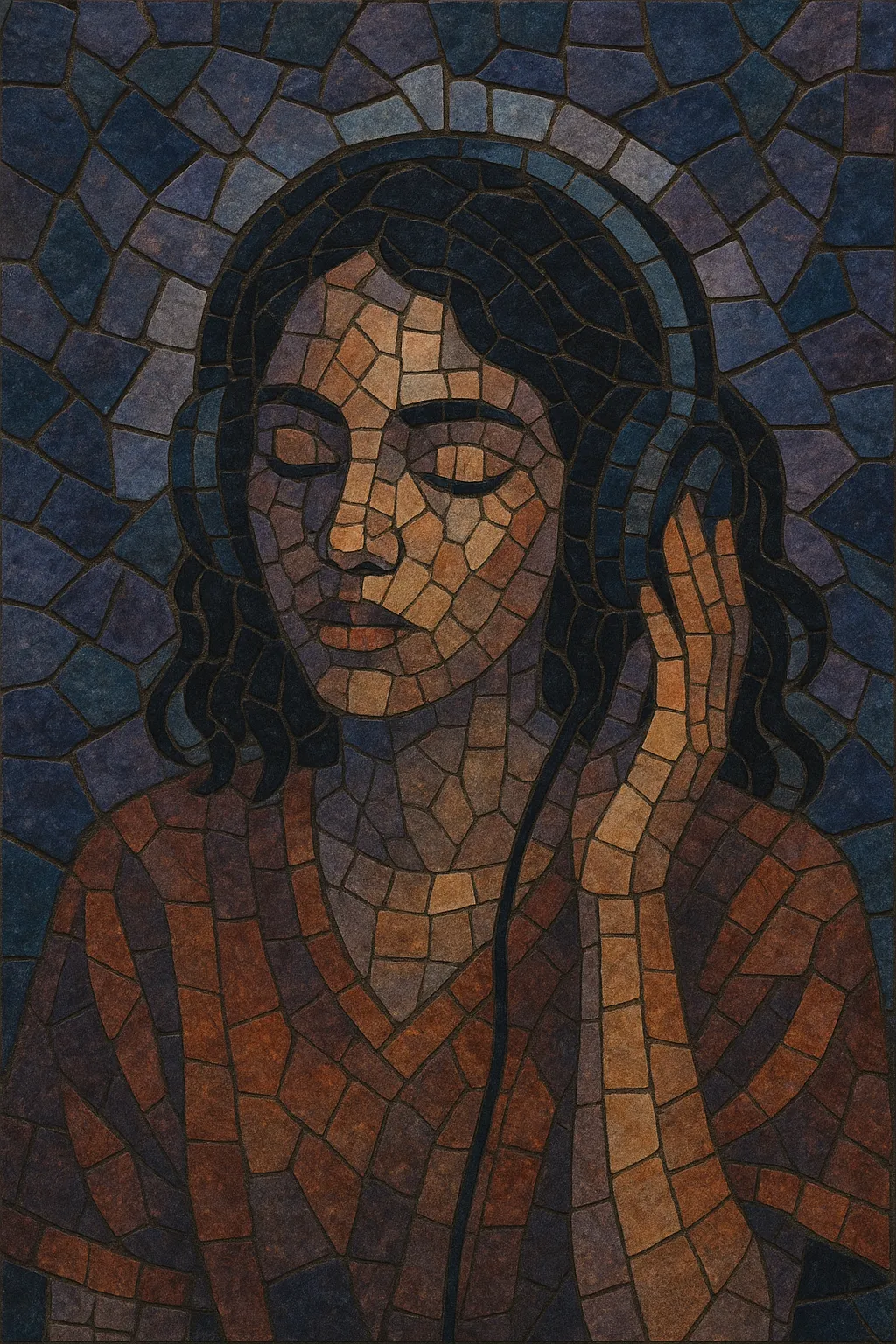Indie R&B (often overlapping with or adjacent to "alternative R&B") is a strand of contemporary R&B that embraces independent, DIY, and art-pop sensibilities. It blends the vocal intimacy and melodic DNA of classic soul and modern R&B with left-field electronic production, ambient textures, and experimental song forms.
The sound foregrounds space, mood, and atmosphere: hushed vocals, gauzy synth pads, deep sub‑bass, and half‑time grooves are common. Lyrics tend to be introspective and diaristic, exploring intimacy, vulnerability, identity, and late‑night urban life. Rather than radio‑oriented sheen, Indie R&B often favors lo‑fi warmth, minimalist arrangements, and boundary‑pushing production choices.
The roots of Indie R&B lie in the late 2000s blog era and early streaming ecosystems, when independent artists began releasing mixtapes and EPs that fused contemporary R&B vocals with ambient, downtempo, and experimental electronic production. This scene coalesced in the early 2010s around a cluster of internet‑native releases and collectives; critics began informally labeling it “alt‑R&B” or “PBR&B,” highlighting its DIY ethos, hazy aesthetics, and art‑leaning presentation.
By the mid‑2010s, the style’s signatures were clear: intimate, sometimes whisper‑soft vocals; moody, half‑time grooves; lush pads and reverb‑washed guitars; and lyrics centering vulnerability, desire, and self‑reflection. Artists leveraged Bandcamp, SoundCloud, and streaming services to bypass traditional gatekeepers, shaping a sonic palette that sat between neo‑soul warmth and post‑dubstep/ambient minimalism. Visual aesthetics—muted color palettes, nocturnal photography, and art‑film references—reinforced the genre’s introspective tone.
As several core artists achieved critical and commercial success, Indie R&B aesthetics seeped into wider pop and hip hop—informing trap‑soul, pop‑R&B, and singer‑songwriter albums with atmospheric production. The style’s emphasis on space and texture also resonated with bedroom pop and lo‑fi scenes, while its experimental edges nudged R&B toward more adventurous harmony, sound design, and structure.
In the 2020s, Indie R&B remains a global, internet‑driven micro‑ecosystem. Artists continue to blur genre lines with electronic, dream pop, and hip hop, while maintaining the core values of independence, sonic intimacy, and emotional candor.


